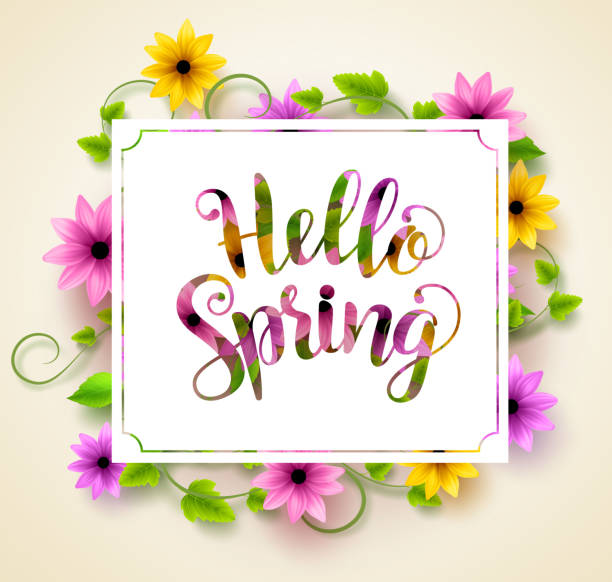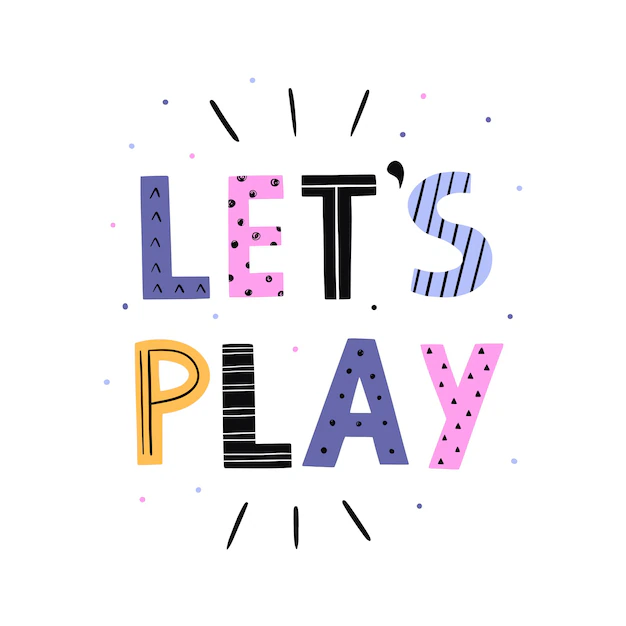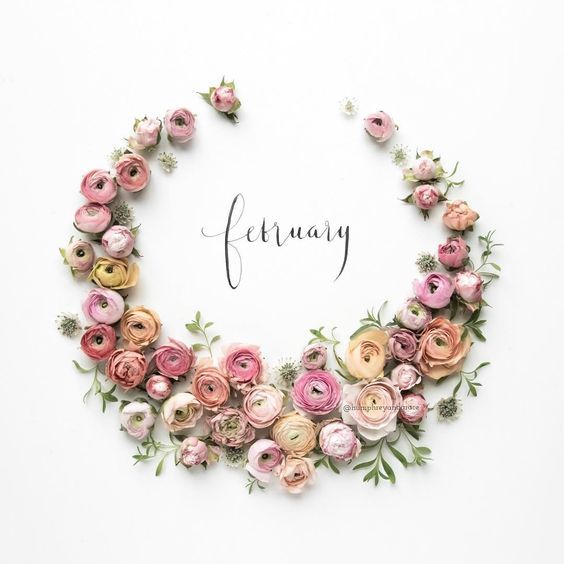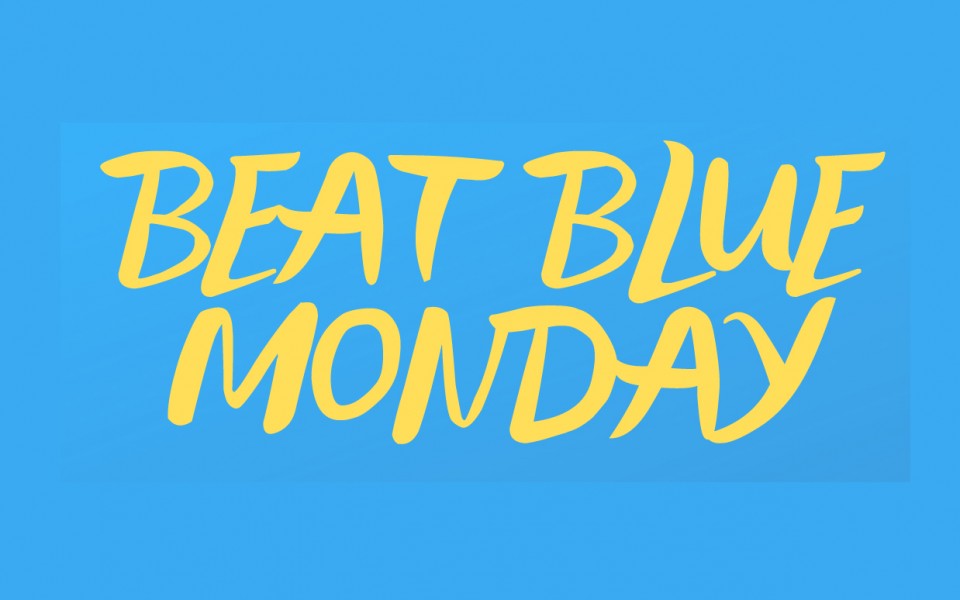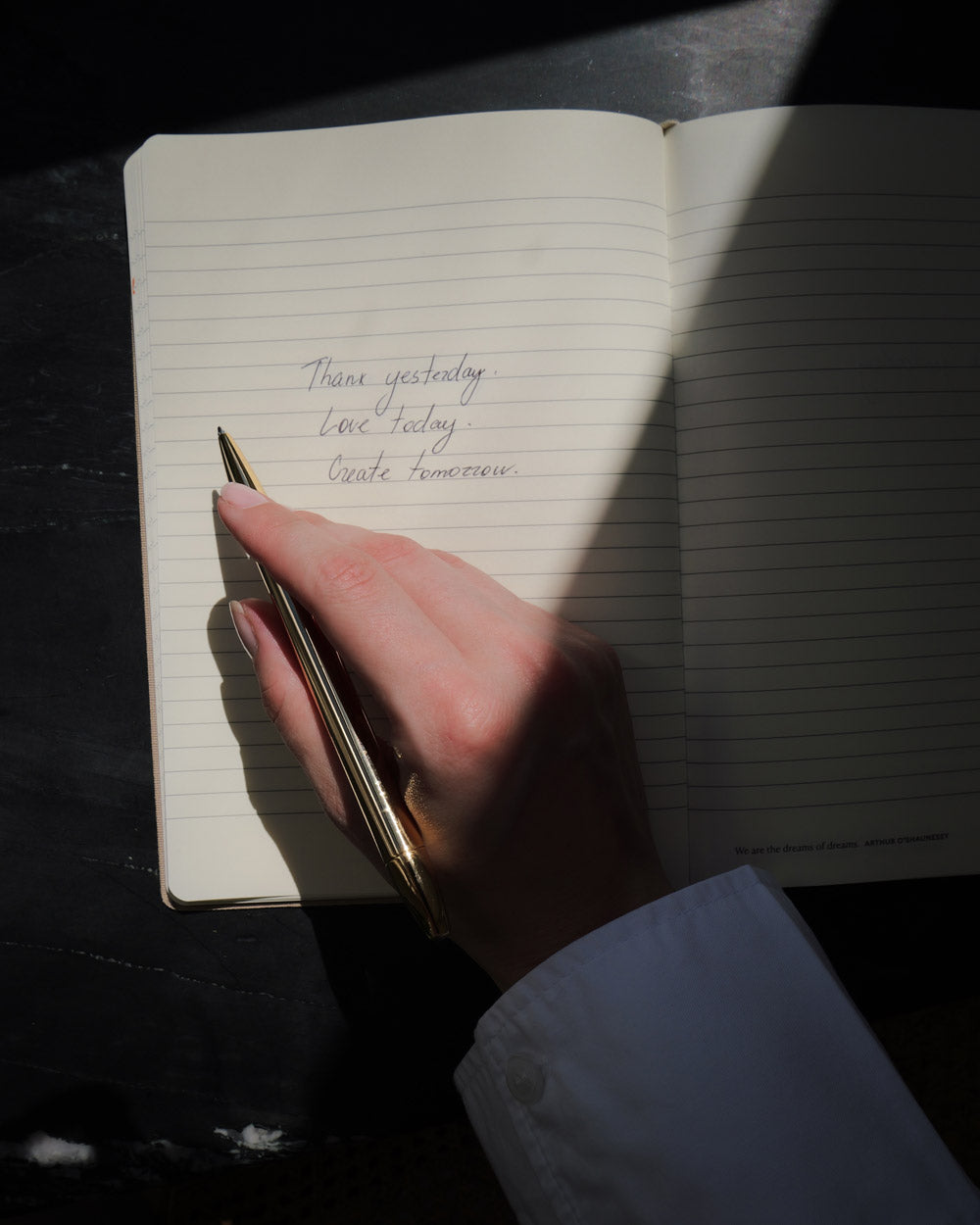
Breathing. Most of us have been doing it on our own since the day we were born. Nobody in the delivery room taught us how to breathe, we just did it, and have been doing it ever since, ‘round the clock, without a second thought. However, when we get stressed, flustered or even angry, the breaths we take become short and shallow and that makes us feel even more stressed.
In that amped-up state, it can feel almost impossible to calm down without a pill or cocktail. I’m here to tell you, you’ve got the power to do it yourself. All you need to do is breathe. But instead of the way you usually do it — without thinking — tune into the art of conscious breathing. Your breath is the most effective emotional management tool out there and it lives within us, like an instant chill pill that’s ready when you are. Conscious, intentional or “mindful” breathing is the tool to tap into when you need to quickly relax and reset body and brain. When you connect with your breath, good things happen almost instantly, so take advantage. Here’s how:
Conscious breathing is a drug-free wonder drug.
You don’t need to be a meditation guru or yoga practitioner to tap into the power of the breath. Conscious breathing is easy to learn and can be practiced anywhere anytime. I recommend that you begin slowly, by spending a few moments over the course of a few days to bring your attention to breathing, an act that ordinarily mostly goes unnoticed.
In just a few breaths, wonderful mind/body changes start to happen as the body’s relaxation response kicks in. Those escalating emotions begin their descent as blood pressure and heart rate start to slide back down to a healthier range. In more technical terms, conscious breathing helps activate the parasympathetic nervous system (the rest-and-digest system which counterbalances the fight-or flight response). The result? Improved cardiovascular health, immune function, possibly better longevity and numerous other benefits, not to mention an overall better quality of life, no Xanax needed.
Inhale the benefits.
In simplest terms, conscious breathing is a modern way to impart the age-old advice to “take a deep breath.” It slows down your stress hormone levels and your heart rate and delivers more oxygen to your cells. Your whole mood lightens. In an elevator, during your commute, on line for the ATM—these are all opportunities to experiment with your breath and even have fun with it. Soon enough, you’ll turn to this coping tool without even thinking about it. Conscious breathing gets you out of your own head, enabling you to become more present, ‘on-demand.’ In short, when stress is soaring, being able to breathe consciously helps bring you back down to earth and spreads health bonuses throughout the body.
Put it this way: it’s a lot harder to freak out when you’re focusing on your breath.
Meet your breath.
Haven’t tried conscious breathing before? Then a good way to get familiar with the practice is to pay attention to it by periodically checking in on your breathing patterns throughout the day. Notice how your breath changes depending on your current state of being — whether you’re feeling upset or anxious or engaging in physical activity or enjoying a beautiful moment or ‘breath-taking’ view. Notice, for example, how your breath speeds up in certain anxious situations, or slows down when you’re feeling relaxed or you’re preparing for sleep.
Take deep breaths of awareness – and exhale them too.
To get yourself in a conscious breathing grove, and become more aware of the ebb and flow of your breaths and their rhythms, try practicing this simple awareness routine:
- Alternate a few quick breaths with slow ones, and notice how you feel
- Then, draw in a few breaths deeply and slowly – and feel the difference.
- Breathe in and out, through the nose, making the exhale longer than the inhale.
- As you breathe with more awareness, you’ll be training yourself to learn to let go and go with the flow. Another way of putting it is ‘being in the moment.’ It’s a useful reminder that nothing remains constant, everything changes (no matter how much we may try to fight it sometimes!).
Breathing with purpose.
OK, so you’re becoming more aware of your breath, you’ve felt some of the benefits. Now you’re ready to move up a notch to ‘breathwork,’ which you may have heard of. Breathwork is a very simple practice that helps you manage stress, sleep better, and release tension throughout your body. And, it’s easy too. The main difference between breathwork and a meditation practice is that with breathwork you’re manipulating your breath whereas with meditation you’re usually just watching your breath—being aware of it without actually trying to change it.
Breathwork doesn’t have to be anything fancy. It can be as simple as breathing in for a slow count of four and exhaling for a slow count of four. It’s exactly what your Apple Watch or Fitbit might tell you to do, but you don’t actually need a device to make it happen. You can just follow the 4-4 pattern or take your practice up another notch with simple breathing exercises.
Here are a few simple breathing exercise options I have picked up over the years. Try any one (or more) of them and sample the effects of a regular breath practice – and experience a sense of relaxation and expansiveness while you also effortlessly transform a stressful moment or difficult day into a far more comfortable one:
- The Ebb & Flow: Sit for a moment and picture your breath as a sort of inner rain shower, cleansing and nourishing your body. Inhale as deeply as feels good, exhale all the way, then let the inhale rise like a gentle wave. Think of an easy flowing cycle. Imagine that your jaw and throat are as wide as your ribs and hips—that you’re an open channel for the flow of your breath. Introduce the thought of receiving nourishment as you inhale and cleansing as you exhale, clearing space for the next inhale. Stay with this flow for two or three minutes, or as long as you’re enjoying it. Then let your breath return to normal and just sit with the feeling. Maybe let your mouth curve into a light smile (this relaxes the muscles in the face). Notice how you feel.
- The Seated Belly Breather 101: To begin, place your hands below your lowest rib and close your mouth. Then, position the tip of your tongue behind your top front teeth where they meet the gums. Inhale slowly through your nose, allowing the breath to fill your belly rather than just shallowly filling the chest. As you do this, observe how your diaphragm moves downwards and feel the expansion in your belly and ribcage, like an expanding balloon. When you’ve filled your lungs to capacity, exhale slowly through your nose until all the air has left your lungs and you feel your belly falling under your hands. Repeat this process for ten rounds, with each round consisting of a full inhalation and exhalation. As you continue, challenge yourself to make the exhalation twice as long as the inhalation. Breathing this way will help quiet anxious thinking and much of the noise and chatter in your head (and in the outside world as well) while also bringing you back into your body and the present moment.
- The Prone Belly Wave: As an alternative, you can also turn on some mellow music, lie down on the floor or on bed, and let your breath and heart entrain to the rhythm. Rest your hands on your belly so you can feel it rise and fall. If that doesn’t come naturally to you, see if you can send your inhale all the way down so your belly fills up, then feel it deflate as you exhale. From there, push it a little bit, extending the exhale and inhale. Feel where the breath is going in your body; and see if it can spread that feeling to other parts of the body. Even just 30 seconds of conscious breathing can bring benefits.
- The No-nap Lie-In: Try spending three to ten minutes doing a simple practice that combines body awareness with breathing. Lie in bed with the lights out. You can begin by using the 4-7-8 breath (see below) to relax, and then, moving upward from toes to head, including the belly, chest, heart, and arms, inwardly thank each body part for their efforts today, telling them they can now rest. Feel each body part sink into the bed as you let go. For guidance, look up body scan meditations on YouTube. After you hear them a few times, you will able to do them easily on your own.
- The ‘4-7-8 Breath’ Fear-Buster: The next time you find yourself swept away by anger, fear, anxiety, or extreme sadness, call in the breathing reinforcements. I recommend the 4-7-8 breath for an easy and effective way to soothe your nervous system and find your center again. When struggling emotionally or faced with emotional turbulence, make this one your do-anywhere-anytime go-to. Here’s how: Place the tip of your tongue so that it’s touching the place where the back of your top teeth meet the roof of your mouth. Exhale completely, making a whooshing or sighing sound. Close your mouth and inhale through your nose for 4 counts, hold for 7 and exhale for 8 counts. Repeat this breathing cycle for ten rounds.
You know the old saying, you can’t control what comes at you but you can control your response to it? Conscious breathing is the perfect response, so start breathing consciously – today!


